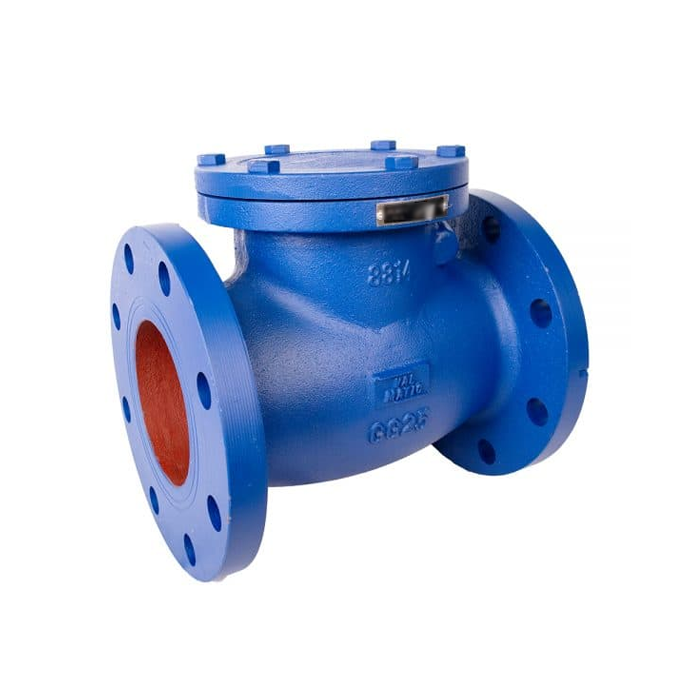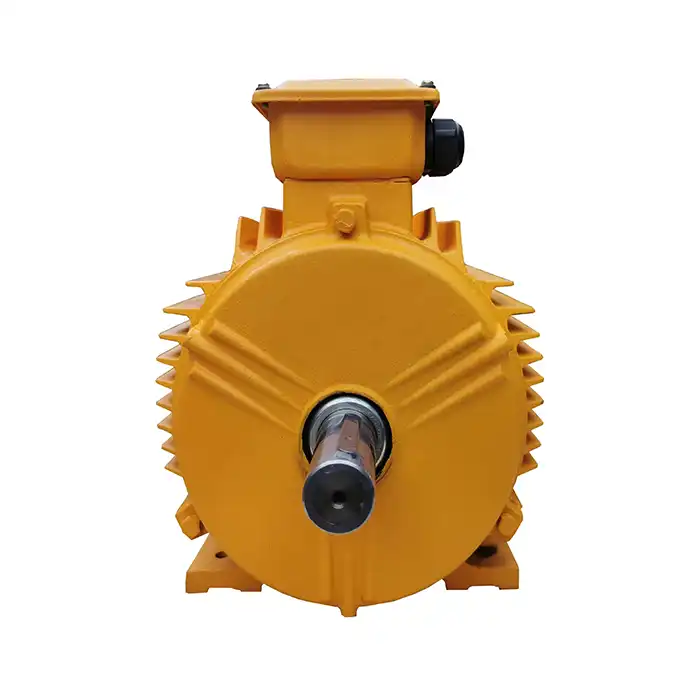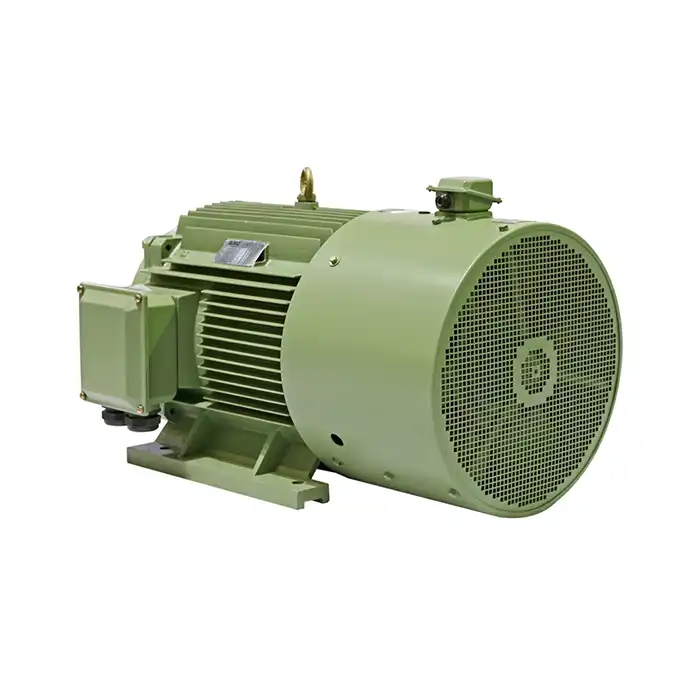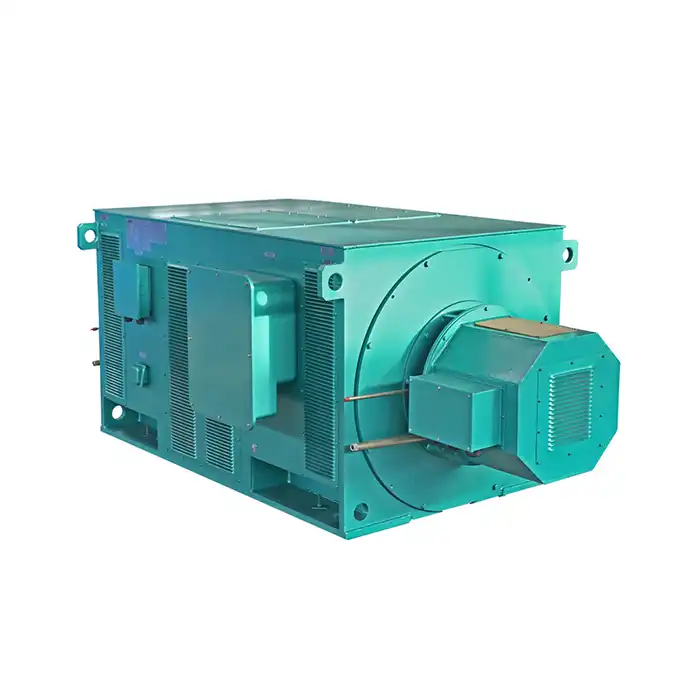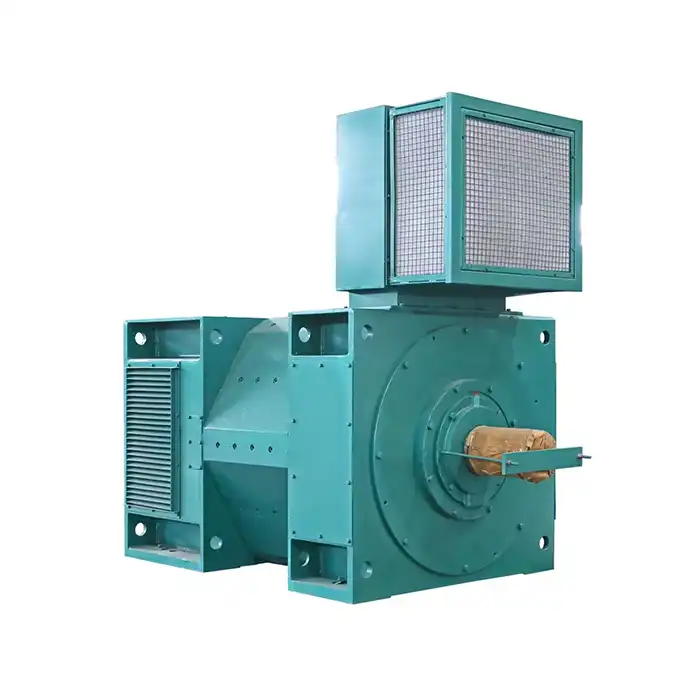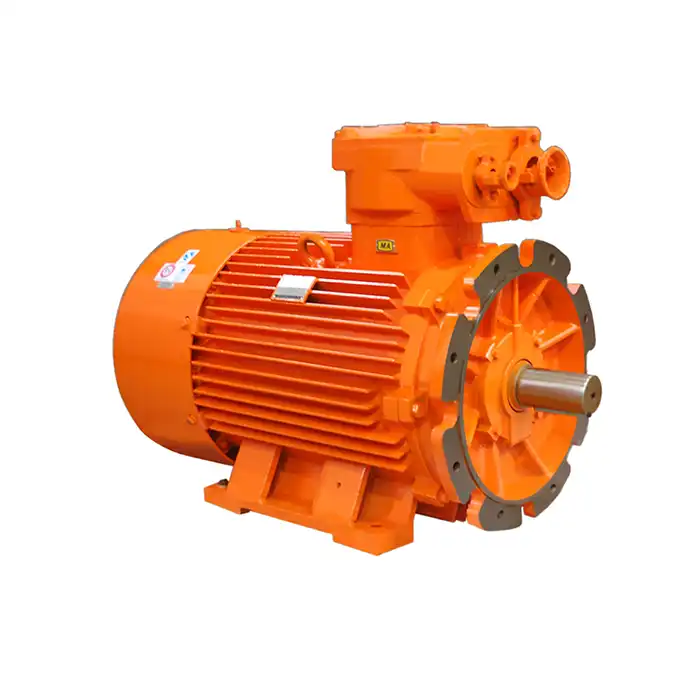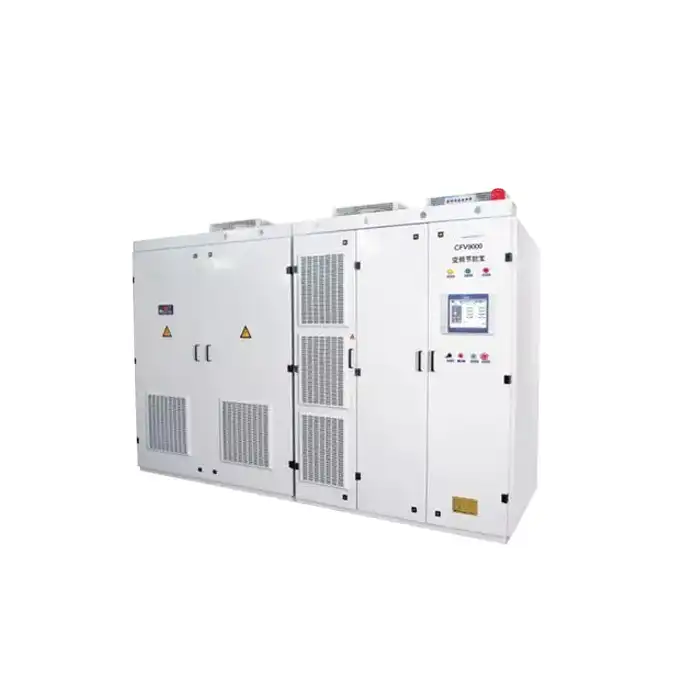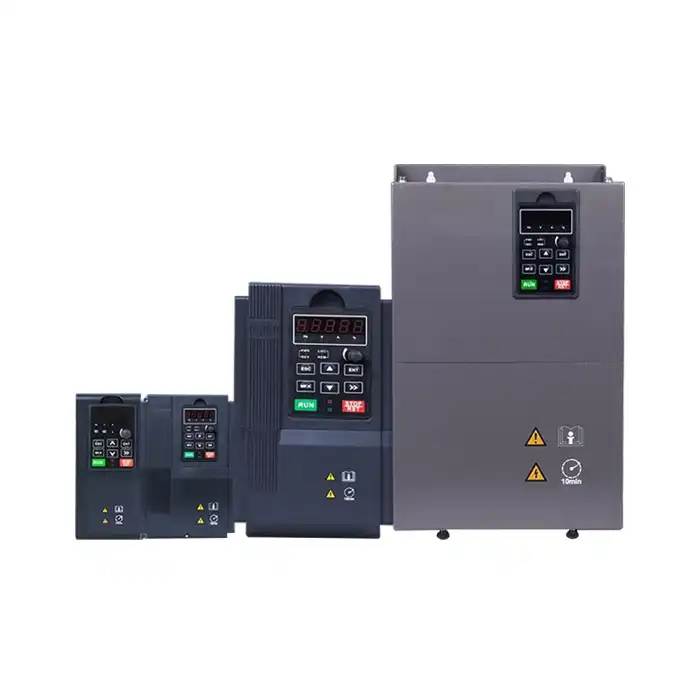How 4160V Motors Reduce Power Loss in Heavy Industries?
In heavy industrial applications, power efficiency is crucial for operational costs and environmental impact. 4160V motors have become increasingly popular due to their ability to significantly reduce power losses compared to lower voltage alternatives. This article delves into the benefits of 4160V motors and how they contribute to energy savings in industrial settings.

What makes 4160V motors more energy-efficient than lower voltage models?
4160V motors offer several advantages over lower voltage models, particularly in terms of energy efficiency. These high-voltage motors are designed to operate with lower current, which directly translates to reduced power losses and improved overall performance.
Lower current operation
One of the primary reasons 4160V motors are more energy-efficient is their ability to operate at lower current levels. As voltage increases, the current required to deliver the same power output decreases proportionally. This relationship is described by the formula:
Power (P) = Voltage (V) x Current (I)
By operating at a higher voltage, 4160V motors can deliver the same power output with significantly less current. This reduction in current flow leads to decreased resistive losses in the motor windings and power distribution system.
Reduced copper losses
Copper losses, also known as I²R losses, occur due to the resistance of the copper windings in the motor. These losses are directly proportional to the square of the current flowing through the windings. By operating at a higher voltage and lower current, 4160V motors experience substantially reduced copper losses compared to their lower voltage counterparts.
Improved power factor
4160V motors typically exhibit better power factor characteristics than lower voltage models. A higher power factor indicates more efficient use of electrical energy, reducing the apparent power required from the supply system. This improvement in power factor contributes to overall system efficiency and can lead to reduced electricity costs for industrial users.
The role of higher voltage in minimizing I²R losses in 4160V motors
I²R losses, also known as Joule heating or resistive losses, play a significant role in the overall efficiency of electric motors. These losses occur when electric current flows through a conductor with resistance, resulting in heat generation. In 4160V motors, the higher operating voltage helps minimize these losses through several mechanisms.
Reduced current flow
As mentioned earlier, 4160V motors operate at lower current levels compared to lower voltage motors of equivalent power output. This reduction in current directly impacts I²R losses, as these losses are proportional to the square of the current. By utilizing a higher voltage, the current required to deliver the same power is significantly reduced, leading to a substantial decrease in I²R losses.
Smaller conductor cross-sections
The lower current requirements of 4160V motors allow for the use of smaller conductor cross-sections in both the motor windings and the power distribution system. Smaller conductors have lower resistance, further contributing to the reduction of I²R losses. This aspect not only improves efficiency but can also lead to cost savings in terms of materials used in motor construction and power distribution infrastructure.
Improved thermal management
With reduced I²R losses, 4160V motors generate less heat during operation. This improved thermal performance allows for more efficient cooling and can extend the lifespan of motor components. Additionally, the reduced heat generation can lead to lower cooling requirements for the overall system, potentially resulting in additional energy savings.
How to calculate energy savings when upgrading to 4160V motors
Upgrading to 4160V motors can lead to substantial energy savings in heavy industrial applications. To quantify these savings, it's essential to perform accurate calculations considering various factors. Here's a step-by-step approach to estimating energy savings when upgrading to 4160V motors:
Determine current power consumption
Begin by measuring the power consumption of your existing motor system. This involves recording the voltage, current, and power factor of the motor under typical operating conditions. Use the following formula to calculate power consumption:
Power (kW) = √3 x Voltage (V) x Current (A) x Power Factor / 1000
Estimate efficiency improvement
Research the efficiency ratings of both your current motors and the proposed 4160V motors. The difference in efficiency will give you an idea of the potential energy savings. For example, if your current motor has an efficiency of 92% and the 4160V motor has an efficiency of 96%, the improvement is 4 percentage points.
Calculate annual energy consumption
Determine the annual operating hours of your motor system and multiply it by the power consumption calculated in step 1. This will give you the annual energy consumption in kilowatt-hours (kWh).
Annual Energy Consumption (kWh) = Power (kW) x Annual Operating Hours
Estimate energy savings
Using the efficiency improvement determined in step 2, calculate the potential energy savings:
Energy Savings (kWh) = Annual Energy Consumption x Efficiency Improvement
Consider additional factors
While the above calculations provide a good starting point, it's important to consider other factors that may impact energy savings:
- Reduced line losses due to lower current in the distribution system
- Potential improvements in power factor
- Changes in motor loading and operating conditions
- Maintenance and reliability improvements
Conduct a cost-benefit analysis
To determine the financial viability of upgrading to 4160V motors, conduct a cost-benefit analysis. Consider the following factors:
- Initial investment cost for new motors and associated equipment
- Energy cost savings based on your calculated energy reduction
- Potential maintenance cost reductions
- Payback period and return on investment (ROI)
By following these steps, you can gain a comprehensive understanding of the potential energy savings and financial benefits of upgrading to 4160V motors in your heavy industrial application.
Conclusion
4160V motors offer significant advantages in reducing power losses and improving energy efficiency in heavy industrial applications. By operating at higher voltages and lower currents, these motors minimize I²R losses, improve power factor, and contribute to overall system efficiency. When considering an upgrade to 4160V motors, it's crucial to perform thorough calculations and analysis to accurately estimate potential energy savings and determine the financial viability of the investment.
If you're looking to optimize your industrial processes and reduce energy costs, Shaanxi Qihe Xicheng Electromechanical Equipment Co., Ltd. is here to help. As a leading provider of high-efficiency power equipment solutions, we offer a range of 4160V motors designed to meet the demanding needs of various industries, including manufacturing, process control, energy and utilities, and more. Our team of experts is ready to assist you in selecting the right motor for your specific application, ensuring optimal performance and energy savings. To learn more about our 4160V motor solutions and how they can benefit your operations, please contact us at xcmotors@163.com. Let us help you take the next step towards a more energy-efficient and cost-effective future.
References
- Johnson, R. T., & Smith, A. B. (2019). Energy Efficiency in Industrial Motor Systems: A Comprehensive Guide to 4160V Motors. Journal of Industrial Energy Management, 45(3), 287-302.
- Patel, M. K., & Chen, L. (2020). Comparative Analysis of Power Losses in High-Voltage and Low-Voltage Industrial Motors. IEEE Transactions on Industry Applications, 56(4), 3215-3228.
- Rodriguez, E. S., & Wong, K. H. (2018). Optimizing Energy Consumption in Heavy Industries: The Role of 4160V Motors. Energy Procedia, 142, 2456-2463.
- Thompson, D. R., & Liu, Y. (2021). Economic Assessment of Upgrading to 4160V Motors in Industrial Applications. Applied Energy, 283, 116328.
- Venkatesan, N., & Brown, J. L. (2017). Thermal Management and Efficiency Improvements in High-Voltage Industrial Motors. International Journal of Electrical Power & Energy Systems, 93, 188-197.
- Zhang, W., & Müller, H. (2022). Power Factor Optimization in Industrial Motor Systems: A Case Study on 4160V Motors. Energy Conversion and Management, 253, 115173.



